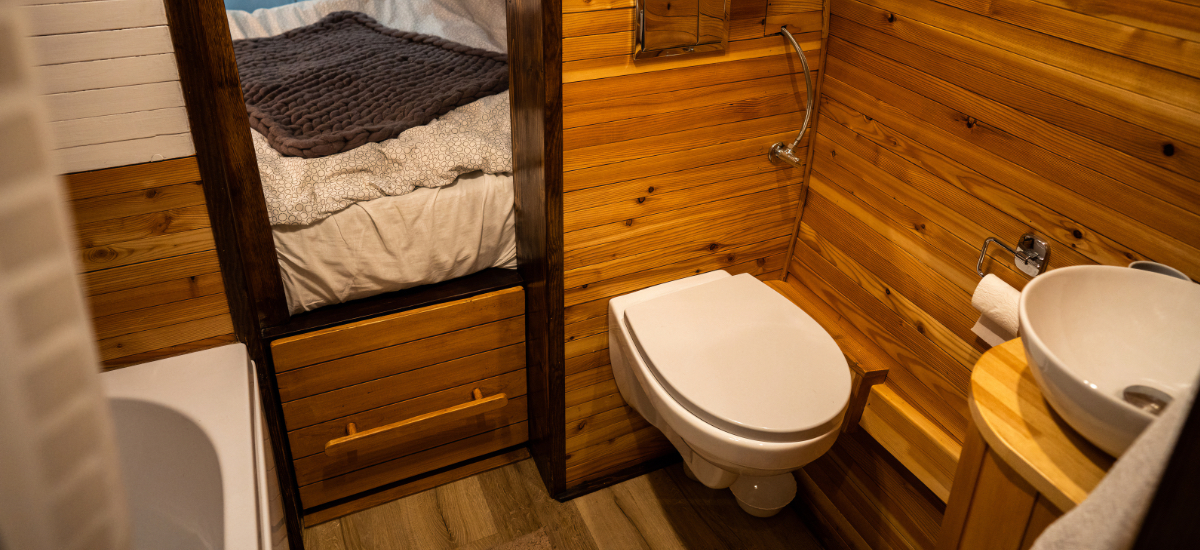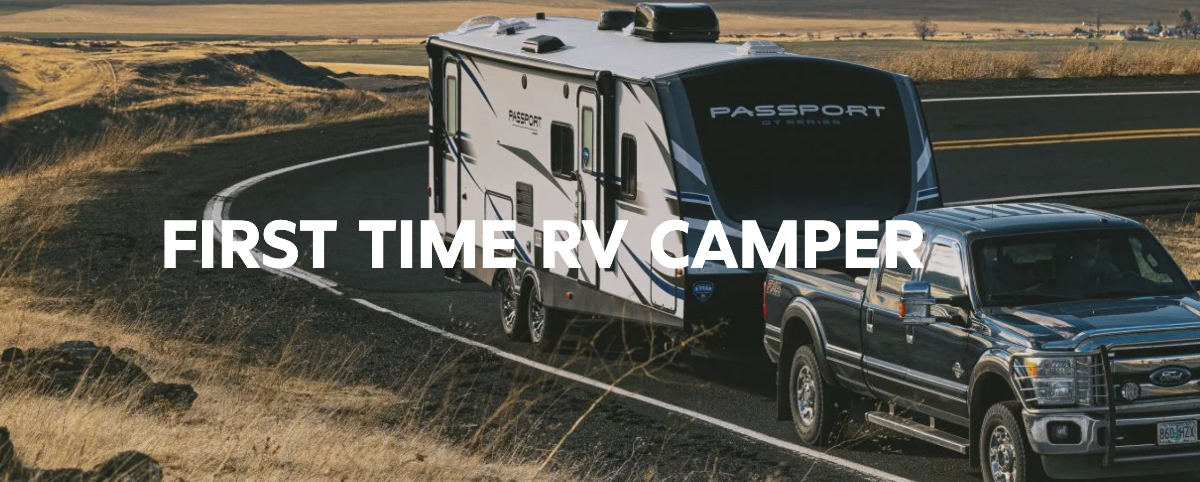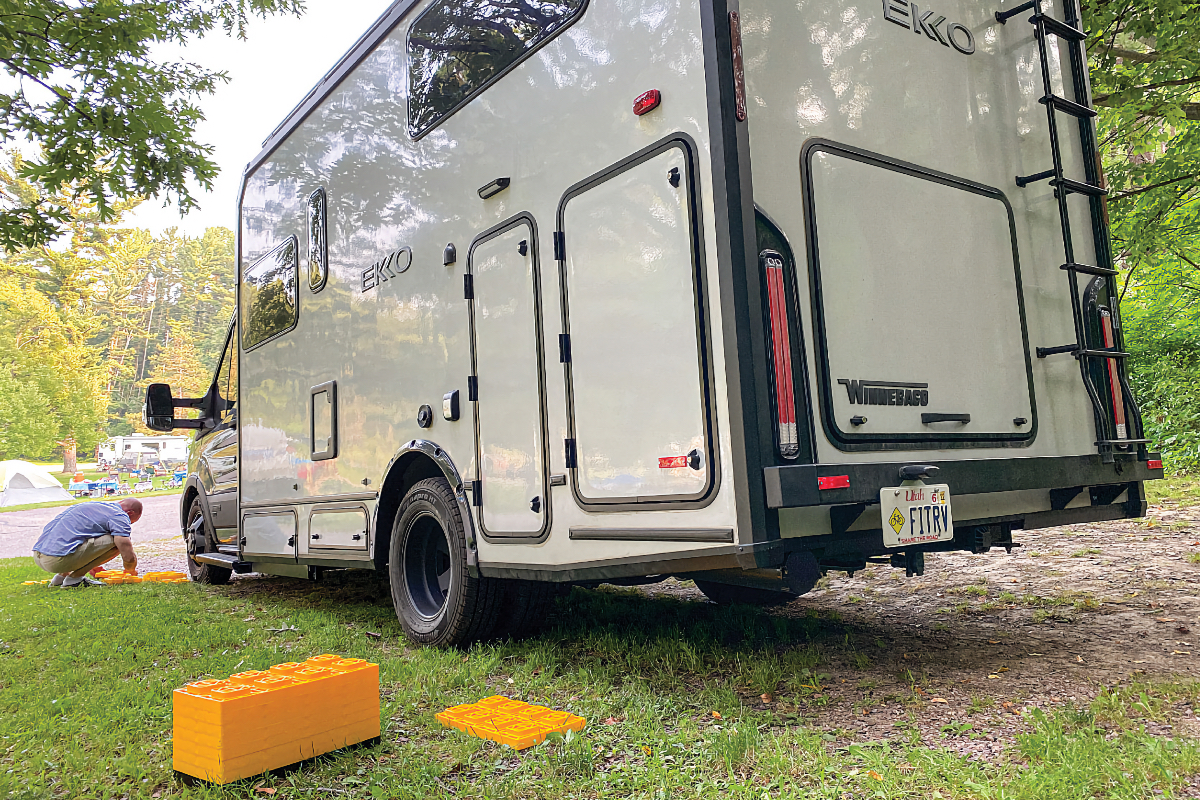How to Make the most of Your RV’s Fuel
Image Caption:
Fuel prices at the pumps don’t have to crimp your travel style. With some careful planning and proper engine maintenance you can use your dollars for fun instead of fuel.
While today’s vehicles are more fuel efficient compared to those of years ago, there are still additional measures you can take to further enhance fuel economy. Fortunately, it’s easy for practically any motorhome to get better gas mileage.
9 Steps to Boost Your MPG:
1.) Check your tires. Low tires not only reduce fuel economy, they wear out faster. If you’re not diligent about using a tire pressure gauge, you might consider installing a tire monitoring system to alert you whenever it’s time to add air.
2.) Change your oil regularly, and use a high-quality or synthetic motor oil to further reduce internal friction.
3.) Is your engine overdue for a tune-up? If so, new spark plugs and wires will make a huge difference. Your engine may be trying to gulp air through a dirty air filter. Something as simple as changing to a new high-flow air filter can help your engine inhale more easily.
4.) If your engine is trying to exhale through an exhaust system that’s too small, a high-flow muffler or headers can help. Also, make sure your catalytic converter isn’t clogged.
5.) Don’t idle while you’re waiting. When you aren’t moving and the engine is running, you’re getting zero miles per gallon. If you’re going to be sitting still for more than a couple minutes, shut off the engine. Gas engines of similar power use more fuel to idle for a given time than diesels do. If you’re waiting for a long train to pass or a drawbridge to go up, for example, kill your engine rather than let it idle. Although diesels use less fuel, in many areas there are now restrictions on idling heavy vehicles for extended periods, due to noise and pollution. Check local laws for guidelines.
6.) Don’t floor it. Avoid jackrabbit starts in favor of gradually getting up to speed when the light turns green.
7.) Use cruise control to help maintain a steady speed.
8.) Reduce speeds. Every 5 mph over 65 mpg can decrease fuel economy by as much as 7 percent. Back-roads and scenic byways can be a good choice since they have lower speed limits than the Interstates. Plus they’ll take you through some wonderful scenery where you can discover sleepy little towns and roadside curiosities you’d never have seen from the highway.
9.) Plan your trip to avoid rush hour, if you can, to avoid idling in traffic. You have better things to do for an hour anyway.
Preventing Fuel Theft
Motorhomes carry a lot of expensive fuel, and with the high prices, theft by siphoning can become a more common occurrence. In addition, The Car Care Council estimates that 17 percent of vehicles on the road have gas caps that are either damaged, loose or are missing altogether, causing 147 million gallons of gasoline to vaporize every year.
If your motorhome and other vehicles do not have a locking fuel door, install a locking cap on the fuel filler. Most gasoline-powered coaches use a threaded cap which is widely available at auto parts stores and RV shops. Locking caps for larger diesels may be available at truck stops, parts and repair shops. Check out Stant Manufacturing for a variety of locking fuel caps and replacement OEM gas caps.
Pick the Right Fuel
Gasoline sold in various areas with differing elevations and climactic conditions may be blended for local use. For example, the volatility of (ability of fuel to vaporize) gasoline at sea level can be higher than for fuel sold at high altitudes. High-volatility fuel may vapor lock on a hot day, especially when taken to high altitudes, where atmospheric pressure is substantially lower. This problem is much more pronounced with carbureted engines than fuel-injected ones.
Large fuel tanks allow some coaches to travel long distances on the same tank. Gasoline that’s mismatched to the local conditions can cause drivability problems when used elsewhere. Diesel fuel that has been in a storage tank for an extended period may be contaminated with water and/or microbes. Try to fill up at a station that sells a large volume of diesel fuel. Some small stations are okay for an occasional tank of diesel, but usually your best bet is to fill up wherever you see the big rigs filling up. Truckers generally know where the best fuel is available.
Filling Station Values
With fuel costs at or near all-time highs, check for the lowest prices along your route online before filling up your motorhome at www.gasbuddy.com. The site offers local real-time price information. Shopping some of the less-known brands may help too. Fuel comes from various regional refiners who sell to a wide variety of retailers. The Environmental Protection Agency (EPA) requires that all gasoline meets standards for detergent additives to reduce potential engine deposits. Also, gasoline is periodically tested to ensure that it meets minimum posted octane ratings. The main difference is that after gasoline comes from the refiner, various brands mix in their own additives that go beyond federal requirements. 

Some manufacturers have worked with major gasoline companies to set a standard for what is known as Top-Tier Detergent Gasoline. Companies that meet these standards include the following:
– QuikTrip
– Chevron
– ConocoPhillips
– Shell
– MFA Oil Company
– Kwik Trip/Kwik Star
– Somerset
– Aloha
– Tri-Par Oil
– Texaco
– Petro-Canada
– Sunoco-Canada
Don’t Be Greedy
Don’t overfill the fuel tank, as excessive topping off can waste fuel. If you fill up at a pump that is equipped with a vapor recovery system, some of the excess gasoline can be sucked back into the station’s own tanks. Fuel that escapes during filling or afterward pollutes the environment and presents a fire risk. Overfilling can also saturate the charcoal granules in the evaporative storage canister. This can cause engine drivability problems and requires canister replacement.
On the Road Again
Now that you’ve studied up on fuel management, you can hit the road confident that you’ll have phenomenal MPG wherever your RV travels take you. Remember, the RV lifestyle isn’t about the destination, it’s about the journey and the people you meet along the way. Don’t let higher fuel prices keep you at home this season!





